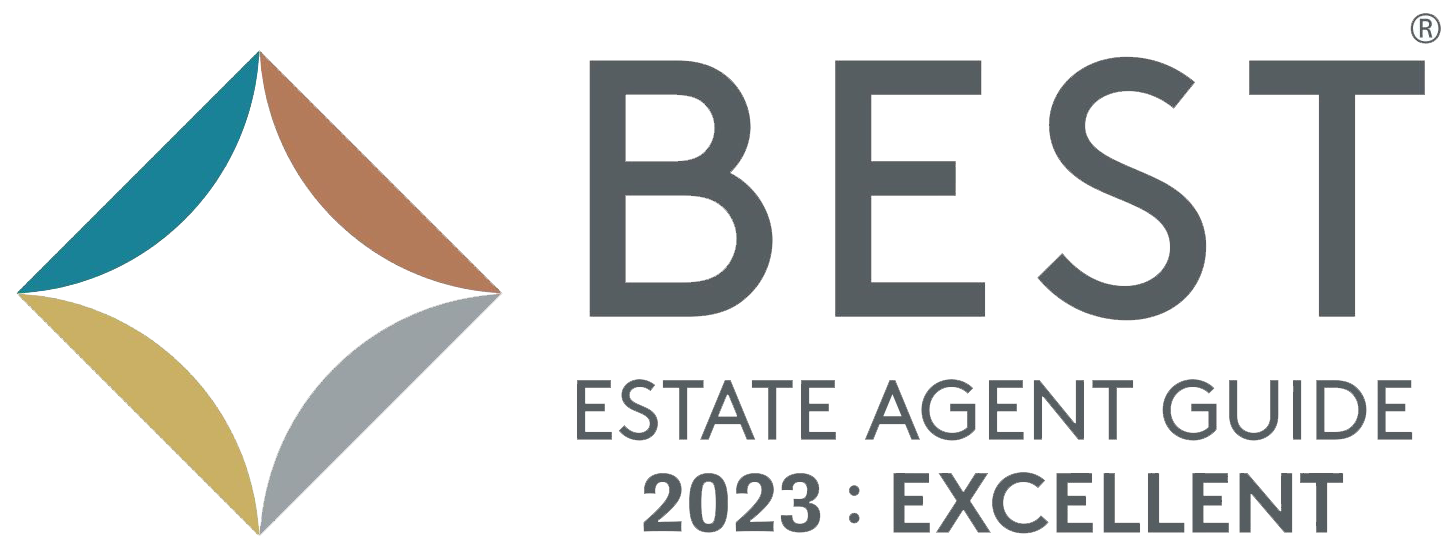Next, let's talk about lease duration. Whether you opt for a fixed-term lease, such as six months or a year, or a rolling monthly tenancy, depends on your need for flexibility and security. Fixed-term leases provide stability in income and tenant occupancy, while rolling leases offer more flexibility to adjust terms or terminate the agreement if circumstances change.
Deposits and fees are another critical area to define. Clearly outline the required deposits and any fees, such as those for late payments or specific maintenance tasks that fall to the tenant. Also, specify the conditions under which the deposit can be fully or partially withheld, such as damage to the property.
Usage restrictions are also important to include. Specify what the property can and cannot be used for. For instance, if you’re not allowing pets, smoking, or subletting, these terms need to be explicitly stated to avoid future conflicts.
Maintenance and repairs are a shared responsibility. Usually, landlords handle major repairs and ongoing maintenance, but tenants might be responsible for minor repairs and general upkeep.
Finally, outline the procedure for renewal and termination, giving clear instructions on notice periods and any conditions for lease extension.
Creating comprehensive and precise rental terms not only secures your investment but also helps in attracting and retaining responsible tenants. A well-thought-out rental agreement serves as a reference for resolving any issues, ensuring that the landlord-tenant relationship remains harmonious throughout the tenancy.











